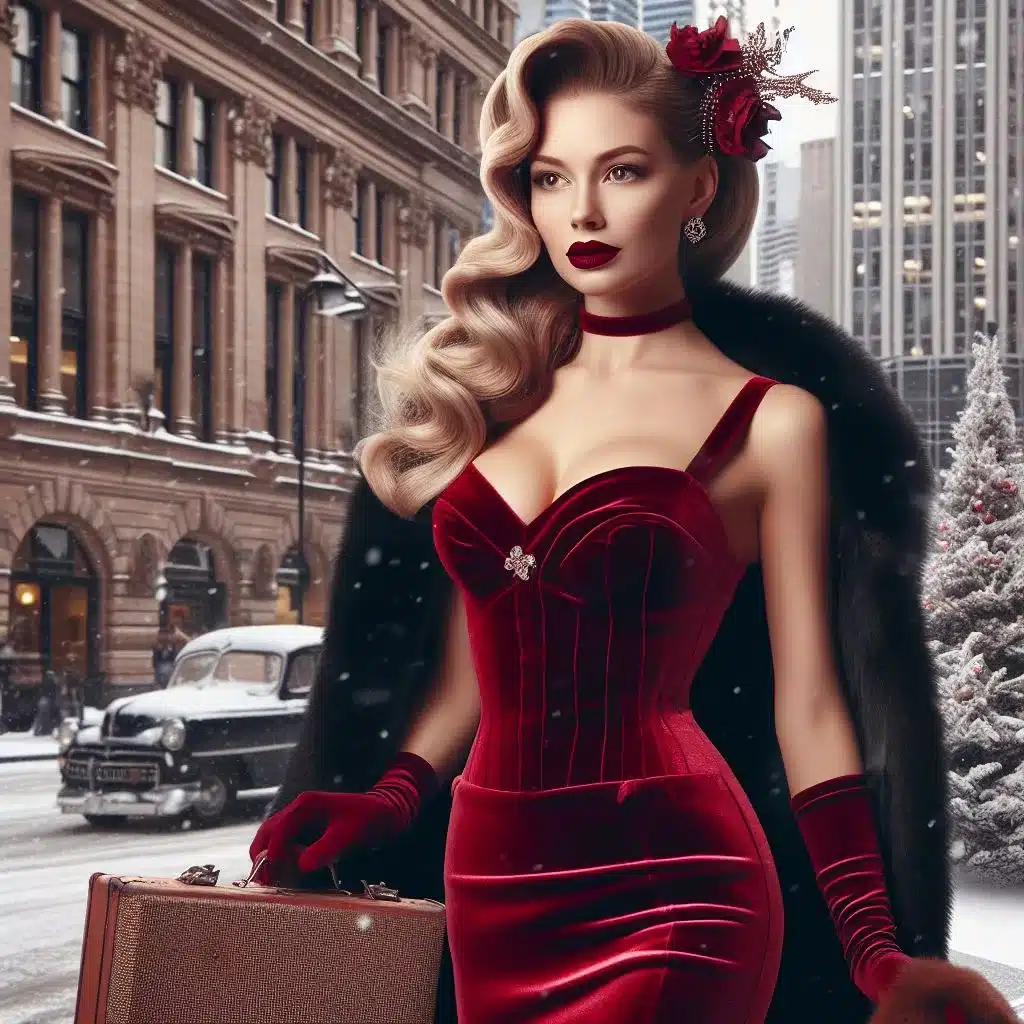
Velvet’s Lush Journey: Embracing the Opulence of Vintage Gowns
The historic allure of velvet in fashion
Velvet has an undeniable allure in the world of fashion which is steeped in history and luxury. Its rich texture, softness, and lustrous appearance have made it a symbol of opulence and elegance for centuries. Here’s a glimpse into the historic allure of velvet in fashion:
Ancient Origins: Velvet’s origins can be traced back to ancient civilizations such as Egypt and China. It was initially made from silk, which was a precious commodity, and was reserved for royalty and the elite in society.
Medieval Europe: Velvet became popular in Europe during the Middle Ages, particularly in Italy, where cities like Venice and Florence became renowned for their velvet production. It was favored by nobility and clergy for its sumptuousness – which became a symbol of wealth and status.
Renaissance Splendor: During the Renaissance period, velvet reached new heights of popularity. It was used extensively in clothing for both men and women, especially in elaborate court attire. Velvet garments were often adorned with intricate embroidery, lace, and jewels, showcasing the wealth and power of the wearer.
Baroque and Rococo Eras: In the Baroque and Rococo periods, velvet continued to be a staple of aristocratic fashion. It was used in extravagant gowns, coats, and accessories, reflecting the ornate and extreme lavish styles of the time.
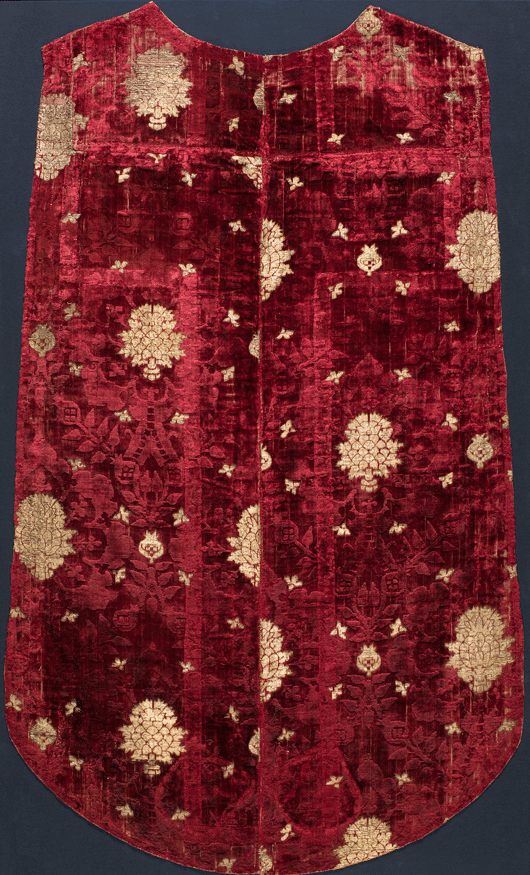
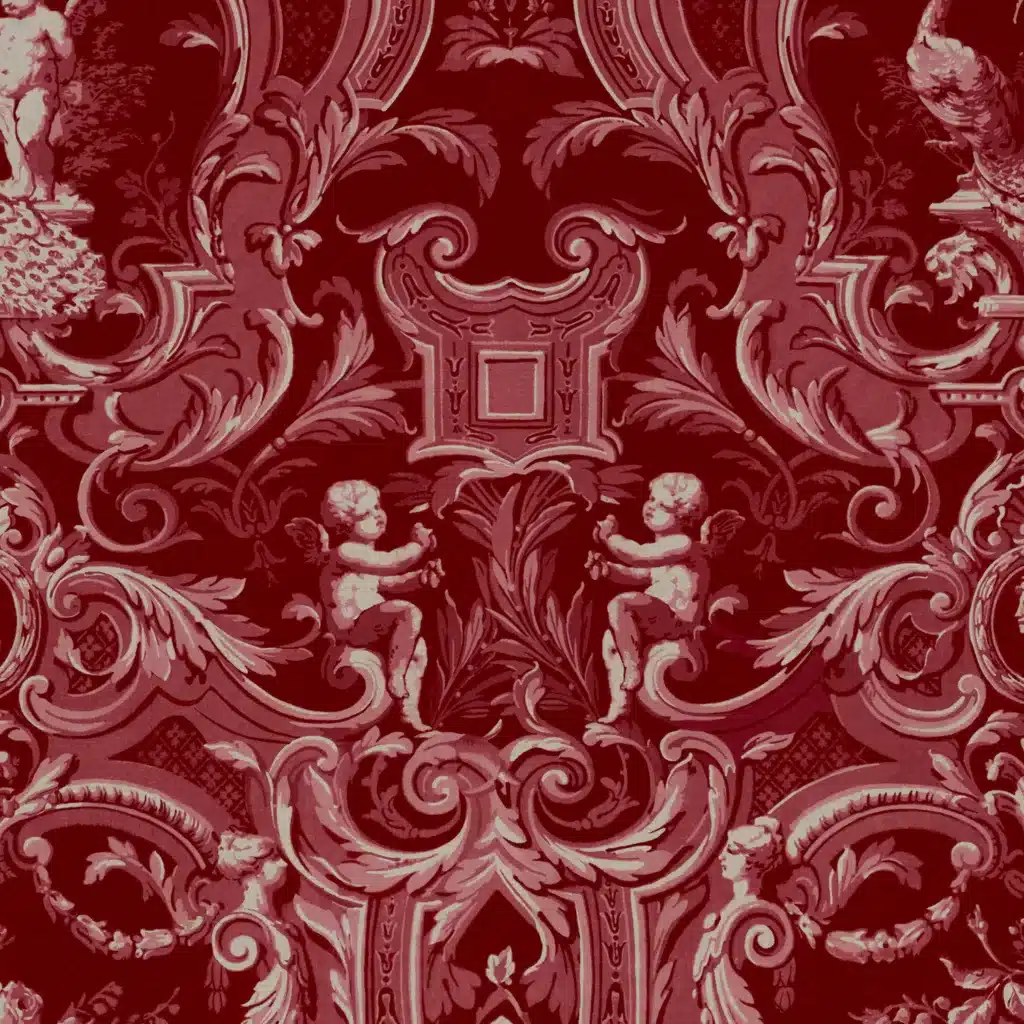
Victorian Era: Velvet experienced a resurgence in the 19th century, particularly during the Victorian era. It was used in both women’s and men’s fashion, with women’s dresses often featuring voluminous velvet skirts, and in men’s suits which incorporated velvet waistcoats and jackets.
20th Century Revival: Velvet remained popular throughout the 20th century – with periodic revivals in fashion. In the 1920’s, it was favored for evening-wear during the Art Deco period, but in the 1960’s and 1970’s – it became associated with the hippy/bohemian styles, often seen in psychedelic prints and flowing maxi dresses.
Modern Interpretations: Today, velvet continues to captivate designers and fashion enthusiasts alike. It is used in a variety of garments, from evening gowns and suits, to casual separates and accessories. Designers often experiment with different textures, colors, and finishes to give velvet a contemporary twist while still paying homage to its rich history.
The allure of velvet in fashion, lies not only in its luxurious feel and appearance, but also in its ability to evoke a sense of glamour, romance, and timeless elegance that transcends fashion and generations.
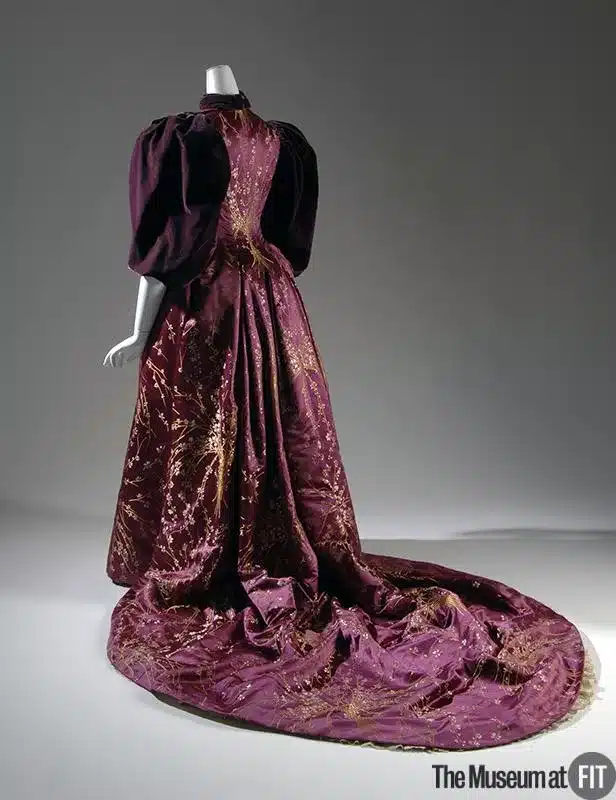
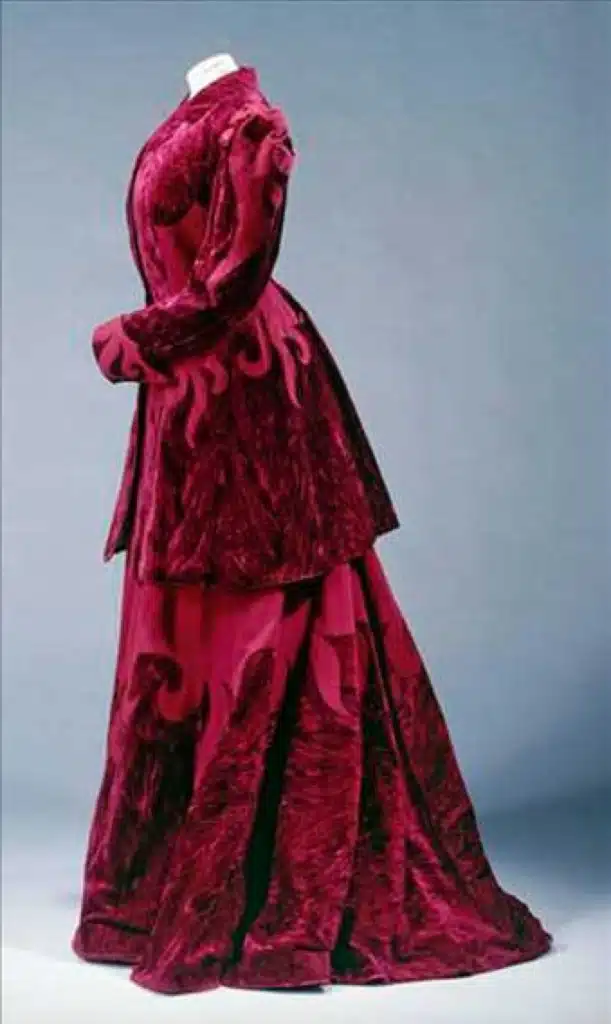
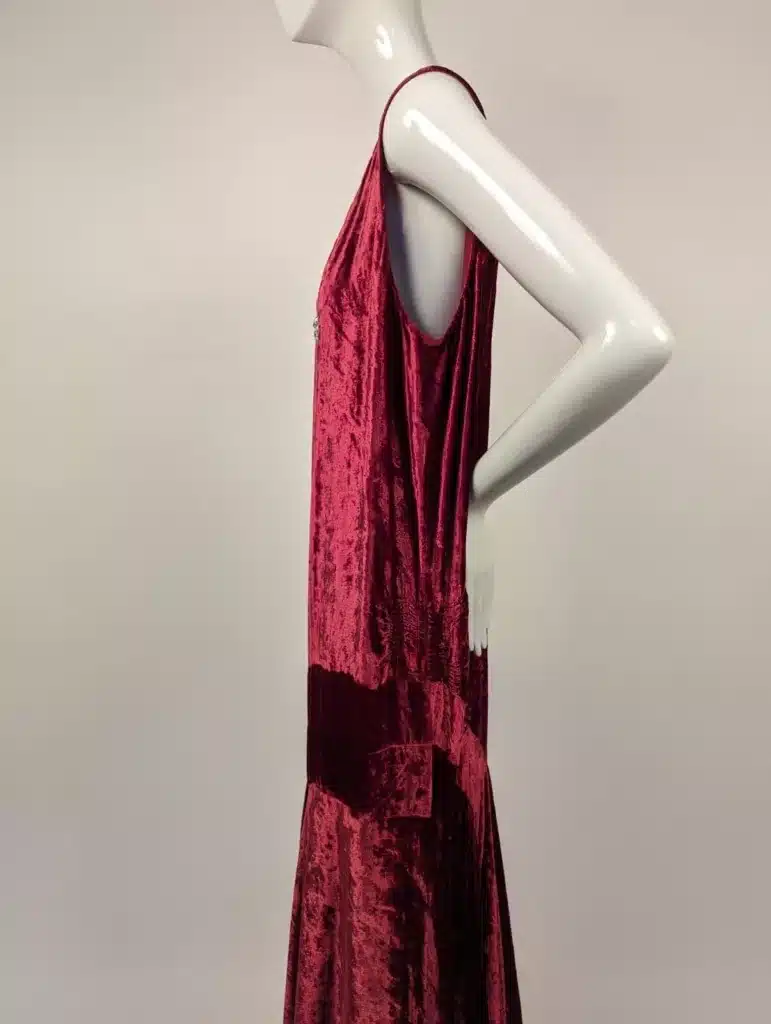
Tracing the origins: When did the velvet textile begin?
The origins of velvet can be traced back to ancient times – with evidence of its production dating as far back as the Egyptians – around 2000 BCE. However, it was during the Renaissance period in Europe, particularly in Italy, that velvet gained widespread popularity and became associated with luxury and wealth. Venetian merchants were instrumental in its spread across Europe, and by the 14th century, velvet was being produced in various regions, including Spain and England.
Initially, velvet was made from silk, which contributed to its high cost and exclusivity. It was favored by royalty, nobility, and the wealthy elite for garments and furnishings due to its softness, richness, and sheen. Over time, advancements in textile production techniques allowed for the production of velvet – using other fibers like cotton and later synthetic materials, making it more accessible to a broader range of people.
Today, velvet remains a symbol of luxury and elegance – and can also manufactured with elastane allowing for a more widespread use in fashion, but velvet is also known for it’s use in upholstery, and interior design -adding a touch of opulence to various items or areas.
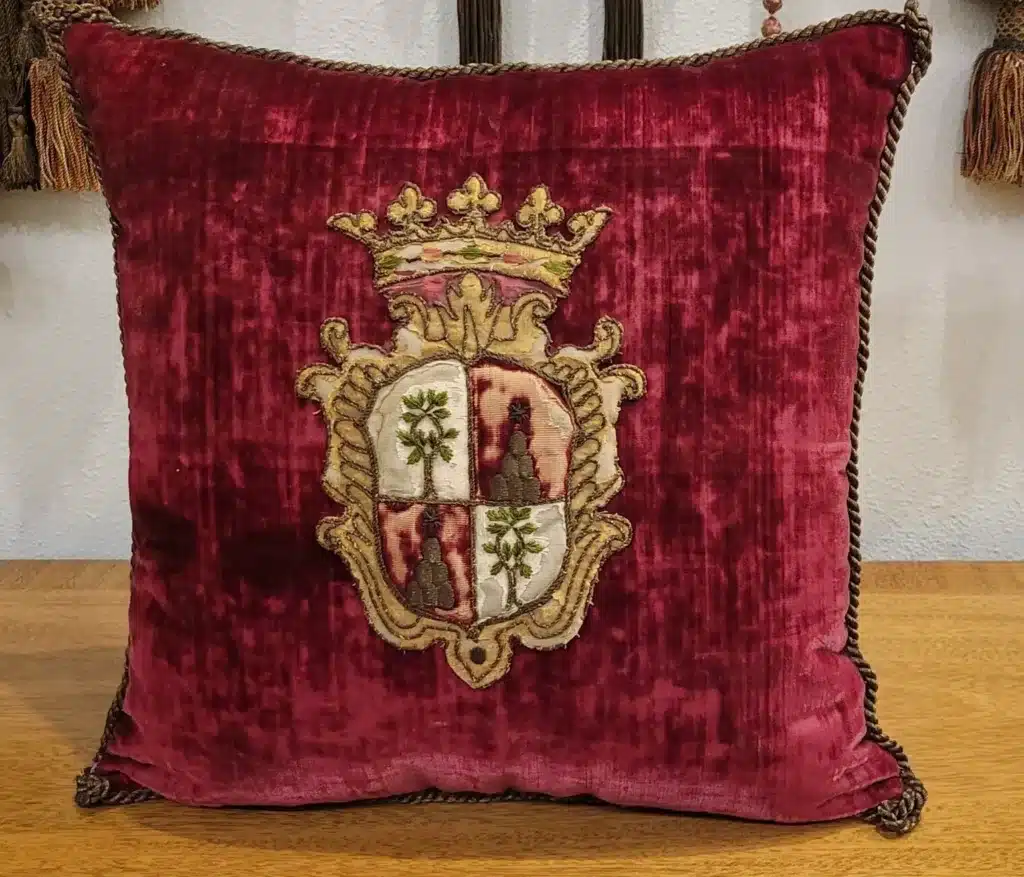
Why velvet is synonymous with luxury and sophistication
Velvet has earned its reputation as a symbol of luxury and sophistication for several reasons:
Texture: Velvet has a soft, plush texture that feels luxurious to the touch. Its smoothness and softness give it an air of opulence and indulgence.
Appearance: Velvet has a rich, lustrous appearance that catches the light in a way that enhances its beauty. Its sheen adds to its luxurious appeal, making it visually striking and elegant.
Historical Association: Throughout history, velvet has been associated with royalty, nobility, and the aristocracy. It has been used in the clothing and furnishings of monarchs and other high societies – reinforcing its image as a fabric of luxury and prestige.
Cost and Rarity: Traditionally, velvet was made from silk, a precious and expensive material. Even though modern velvet is more affordable and often made from other fibers like cotton or synthetic materials, the association with silk and its historical rarity contributes to its perceived luxury.
Versatility: Velvet can be used in a variety of applications, from clothing and upholstery to draperies and accessories. Its versatility allows it to be incorporated into high-end fashion, interior design, and other luxury goods, further solidifying its association with sophistication.
Overall, velvet’s tactile and visual qualities, combined with its historical associations and versatility, make it a fabric that embodies luxury and refinement.
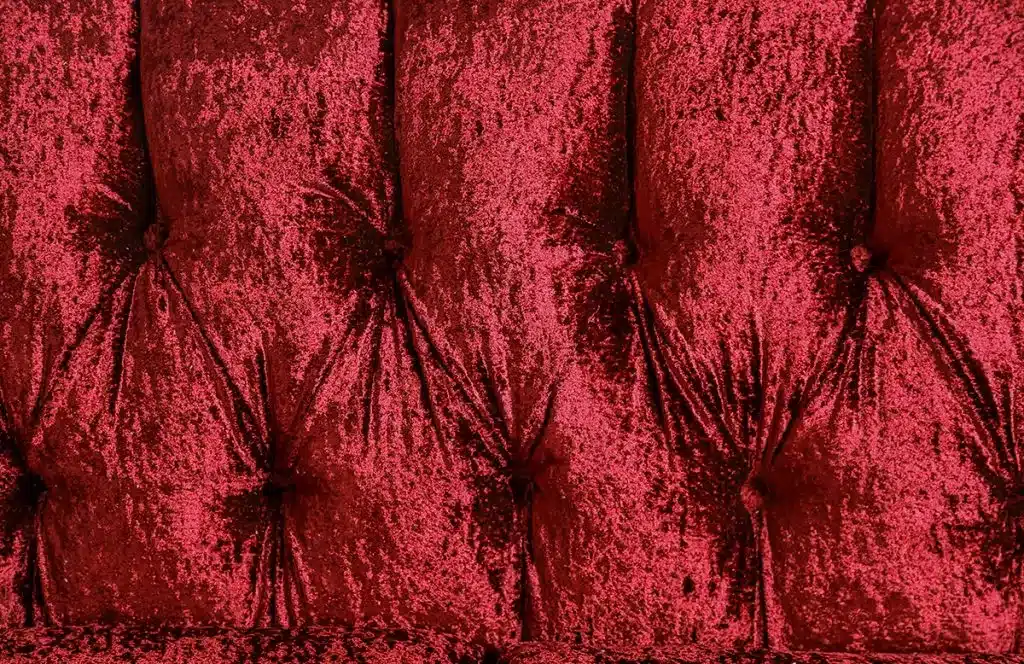
As an affiliate - I may receive a commission when you click on a link and purchase through this site
The tactile and visual splendor of velveteen in vintage attire
Velveteen is a fabric similar in appearance to velvet, but typically made from cotton or a blend of cotton and silk, possesses its own unique charm and appeal in vintage attire:
Nostalgic Aesthetic: Velveteen carries a nostalgic aura, evoking images of vintage elegance and glamour. Its association with bygone eras adds a touch of romanticism to vintage-inspired attire.
Softness and Comfort: While velveteen may not have the same luxurious feel as velvet, it offers a soft, cozy texture that is comfortable to wear. Its plush surface adds a tactile dimension to vintage garments, enhancing their appeal.
Rich Colors and Patterns: Velveteen as a winter fabric is often available in a wide array of rich colors and intricate patterns, ranging from deep jewel tones to delicate florals. These vibrant hues and intricate designs make for glamorous dressing, and contribute to the visual splendor of vintage attire, adding depth and character to each piece.
Versatility: Like velvet, velveteen is a versatile fabric that can be used in various types of vintage clothing, including dresses, jackets, skirts, and accessories. Its adaptability allows designers to incorporate it into a range of vintage-inspired looks, from sophisticated evening gowns to whimsical day-wear.
Affordability: Compared to silk velvet, velveteen is generally more affordable, making it accessible to a broader range of consumers. Its affordability does not detract from its appeal, however, as it still retains an air of sophistication and style. For those who enjoy crafting their own pieces, look at the large selection of beautiful velvet textiles here at Etsy.
Overall, velveteen’s combination of softness, rich colors, and nostalgic allure make it a beloved fabric for vintage attire, adding a touch of tactile and visual splendor to any wardrobe inspired by the fashions of yesteryear.
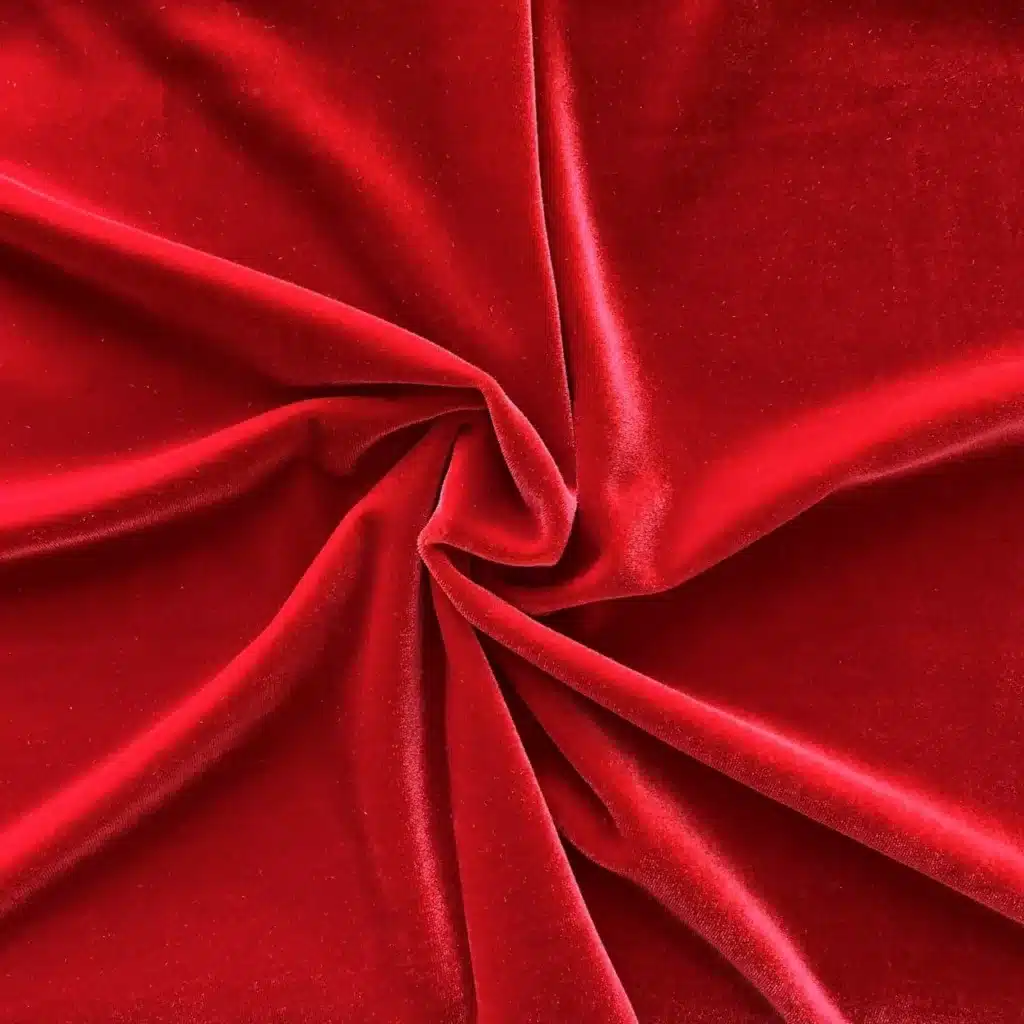
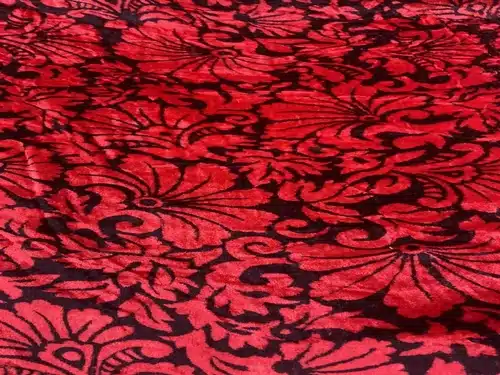

Cultural shifts: How societal changes reflect in velvet gown styles
Velvet gowns have a rich history entwined with cultural shifts, reflecting societal changes in various ways over time. Let’s explore how these shifts have influenced velvet gown styles throughout history:
Historical Eras: Velvet gowns have been worn across centuries, evolving in style with each era. In the Renaissance period, for instance, velvet gowns were associated with nobility and wealth, adorned with intricate embroidery and luxurious fabrics. This reflected the hierarchical structure of society, where clothing often indicated one’s social status.
Industrial Revolution: The Industrial Revolution brought about significant changes in society, including the rise of the middle class. With the development of textile manufacturing, velvet became more accessible to a broader range of people. Velvet gowns during this period might have simpler designs, but were more widely worn beyond the aristocracy.
Artistic Movements: The influence of artistic movements like Art Nouveau and Art Deco in the late 19th and early 20th centuries impacted fashion – including velvet gown styles. Art Nouveau-inspired gowns might feature flowing, organic patterns, while Art Deco designs favored geometric shapes and bold colors. These movements often reflected broader societal interests in nature, modernity, and luxury. Velvet dresses inspired by these artistic movements can be sought through Etsy today.
Cultural Revolutions: The 1960’s and 1970’s saw cultural revolutions that challenged traditional norms and values. Velvet gowns of this era might have been influenced by countercultural movements, featuring psychedelic prints, unconventional silhouettes, and a rejection of established fashion conventions.
Globalization: With the advent of globalization, fashion became more interconnected, drawing inspiration from diverse cultures around the world. Velvet gowns today may incorporate elements from various cultural traditions, reflecting a more pluralistic and inclusive society. Designers have incorporated many styles in fashionable velvet dresses – see what can be bought today at this store. There are 15 pages of beautiful velvet gowns – find the right one for you.
Technology and Sustainability: In recent years, advancements in technology have revolutionized fashion production and design. Sustainable practices have also gained traction, leading to a greater emphasis on eco-friendly materials and ethical manufacturing processes. Velvet gowns may now incorporate recycled fabrics or be produced using environmentally conscious methods, reflecting growing societal concerns about sustainability. Etsy support sustainable practices in promoting pre-loved gowns by private sellers – take a look at some of these classic styles.
Overall, velvet gown styles have continuously evolved to mirror societal changes, whether in response to shifts in social hierarchy, artistic movements, cultural revolutions, or advancements in technology and sustainability. As society continues to evolve, so too will the styles and interpretations of velvet gowns, reflecting the zeitgeist of their time.
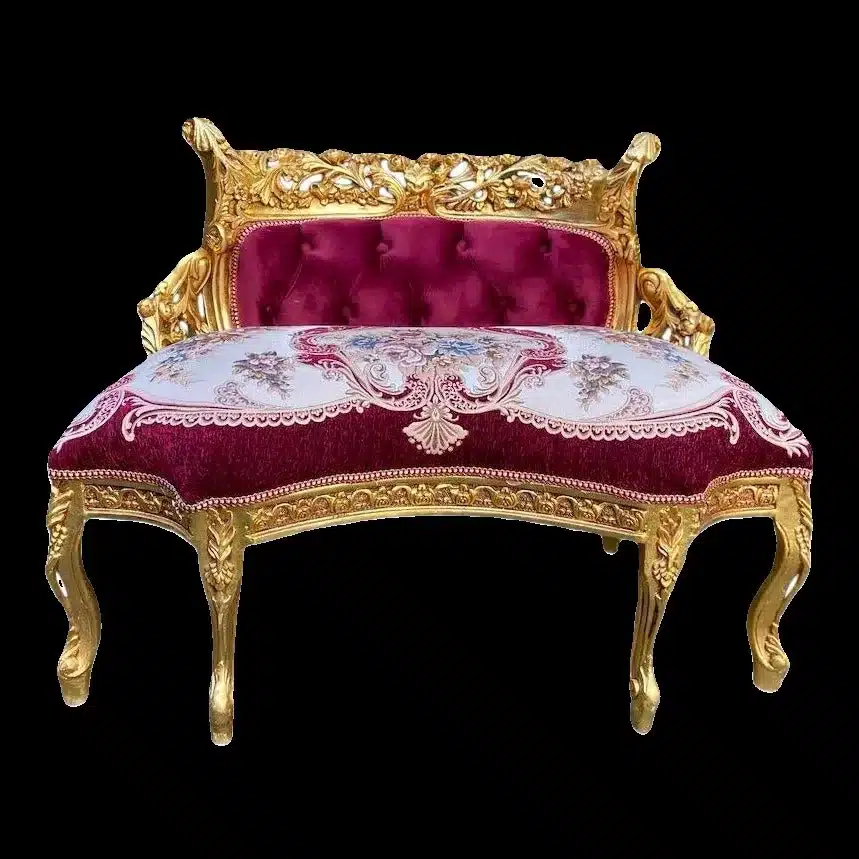
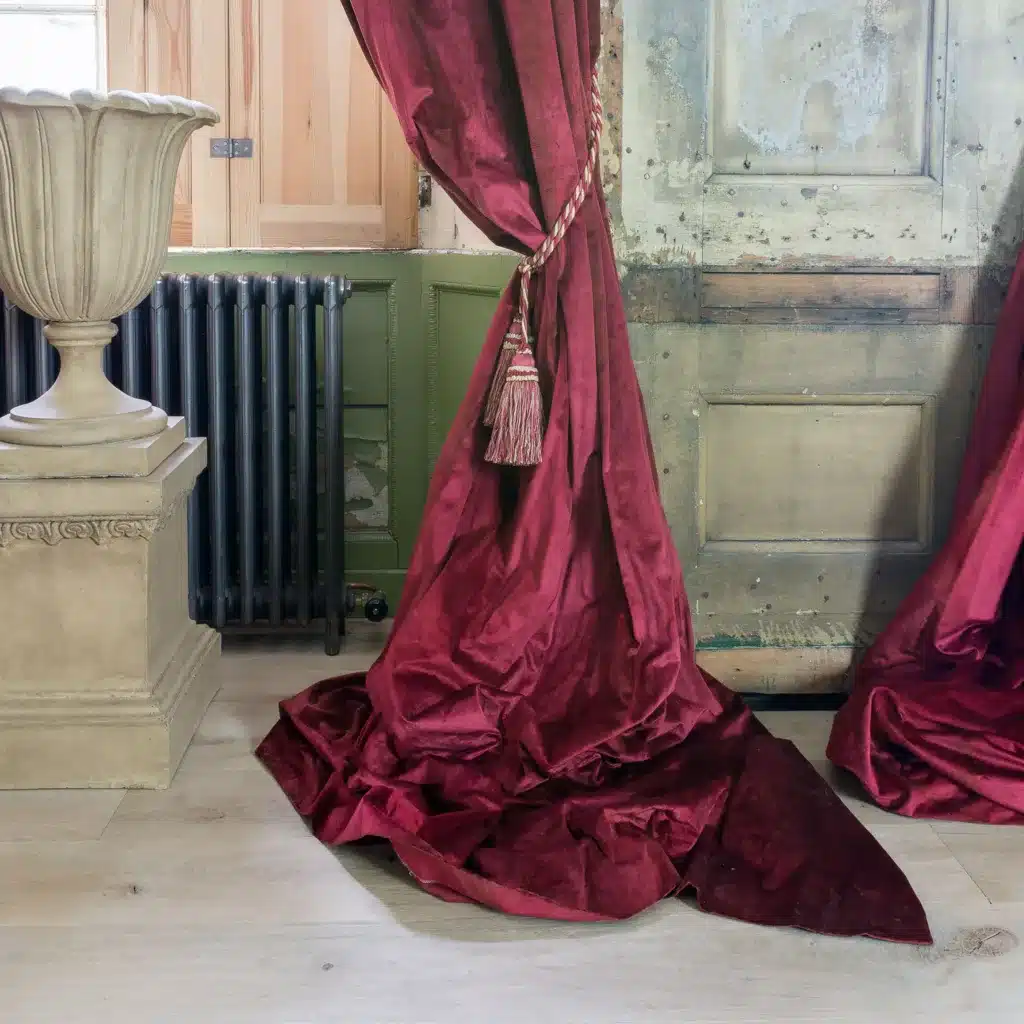
Conserving the grandeur: Tips for preserving vintage velvet gowns
Preserving vintage velvet gowns requires delicate care to maintain their grandeur. Here are some tips to help you conserve these beautiful garments:
Storage: Always store velvet gowns in a cool, dry place away from direct sunlight to prevent fading and discoloration. Never hang velvet on wire hangers, as these can cause the fabric to stretch out of shape, and in some instances rust may build up on the hanger damaging the fabric. Instead, opt for padded hangers or fold them carefully in a clean, acid-free tissue paper and place them flat in a drawer. Padded hangers can be bought here.
Cleaning: Velvet gowns should be cleaned sparingly to avoid damaging the delicate fibers. If the gown only has minor stains or odors, spot clean it with a gentle detergent and a soft cloth. Depending on the age of the garment, stubborn stains can be tackled with bicarb soda and lemon juice – but research the correct amounts before you start. For more thorough cleaning, consult a professional dry cleaner experienced in handling vintage
Steam, Don’t Iron: Velvet should never be ironed directly, as the heat can crush the pile and leave shiny marks. Instead, hang the gown in a steamy bathroom or use a garment steamer to gently remove wrinkles. Be sure to keep the steamer nozzle at a safe distance from the fabric to prevent damage. Velvet is a delicate fabric, so be vigilant.
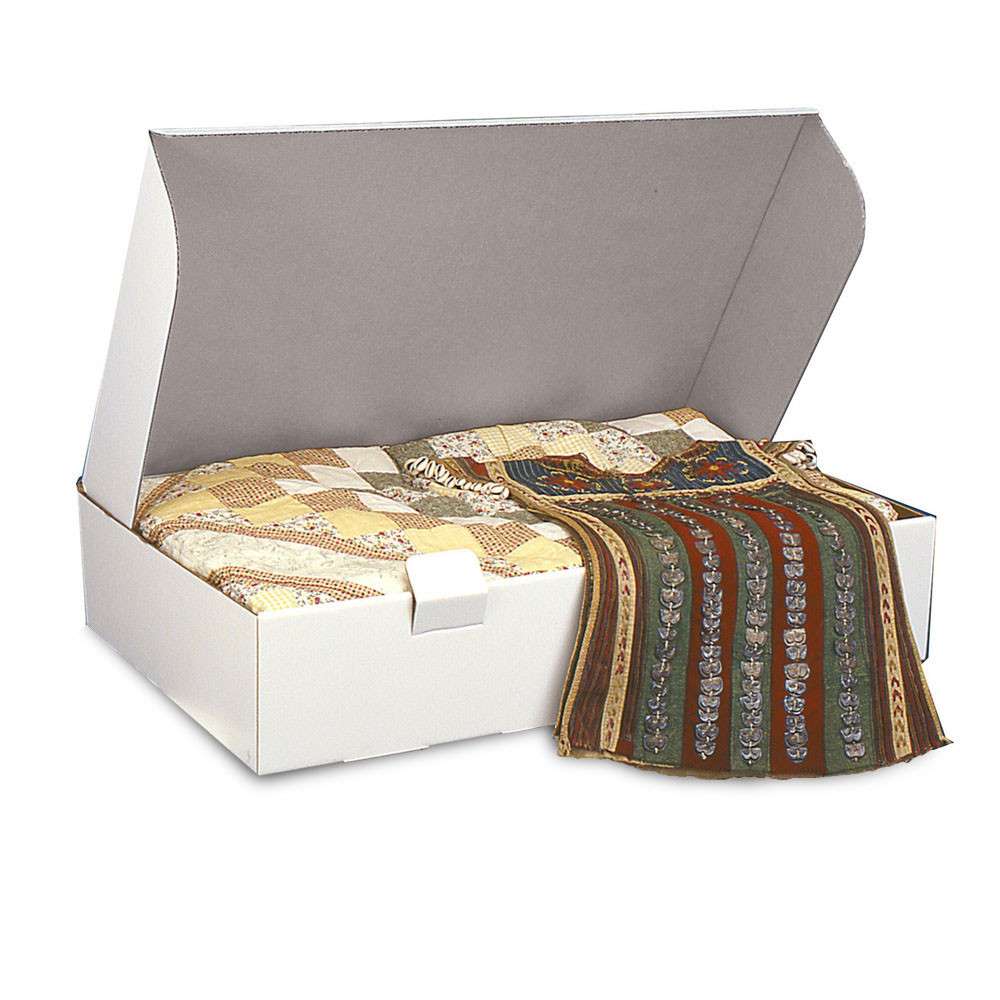
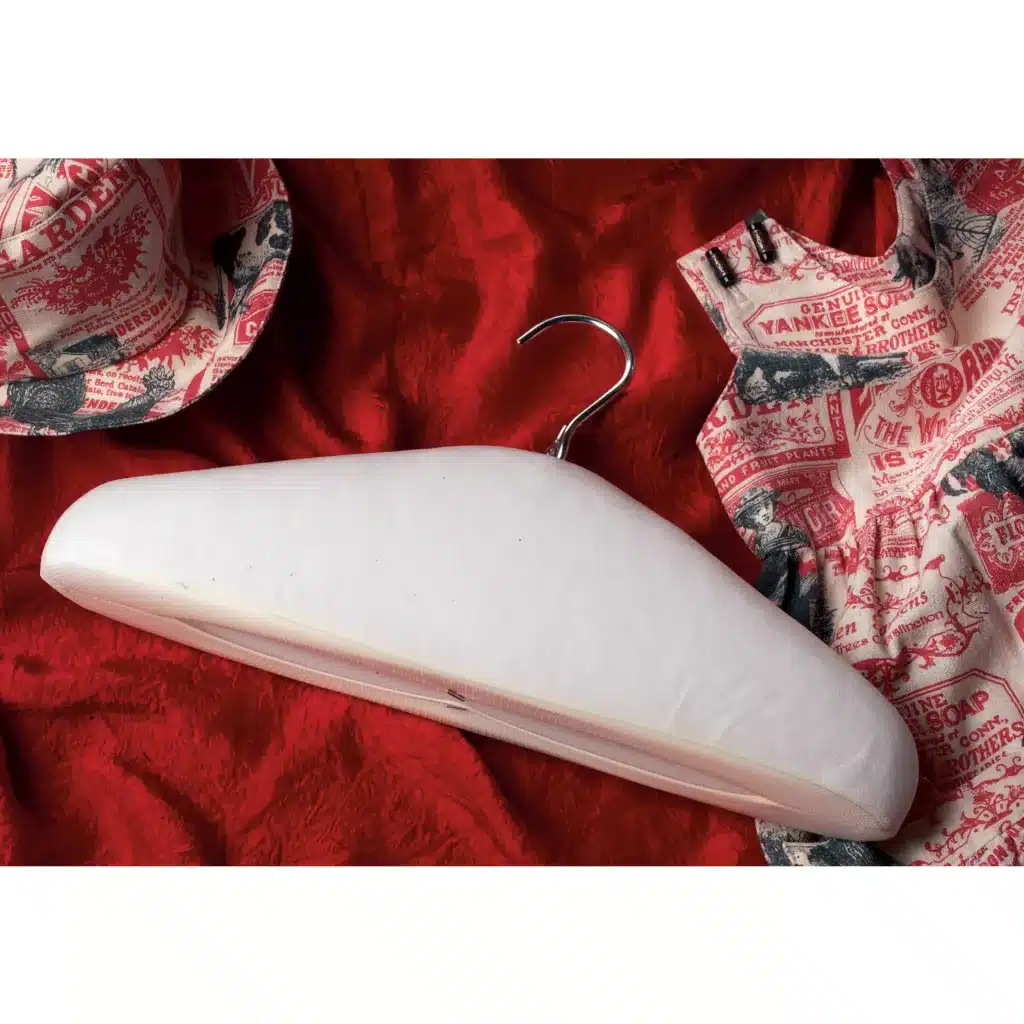
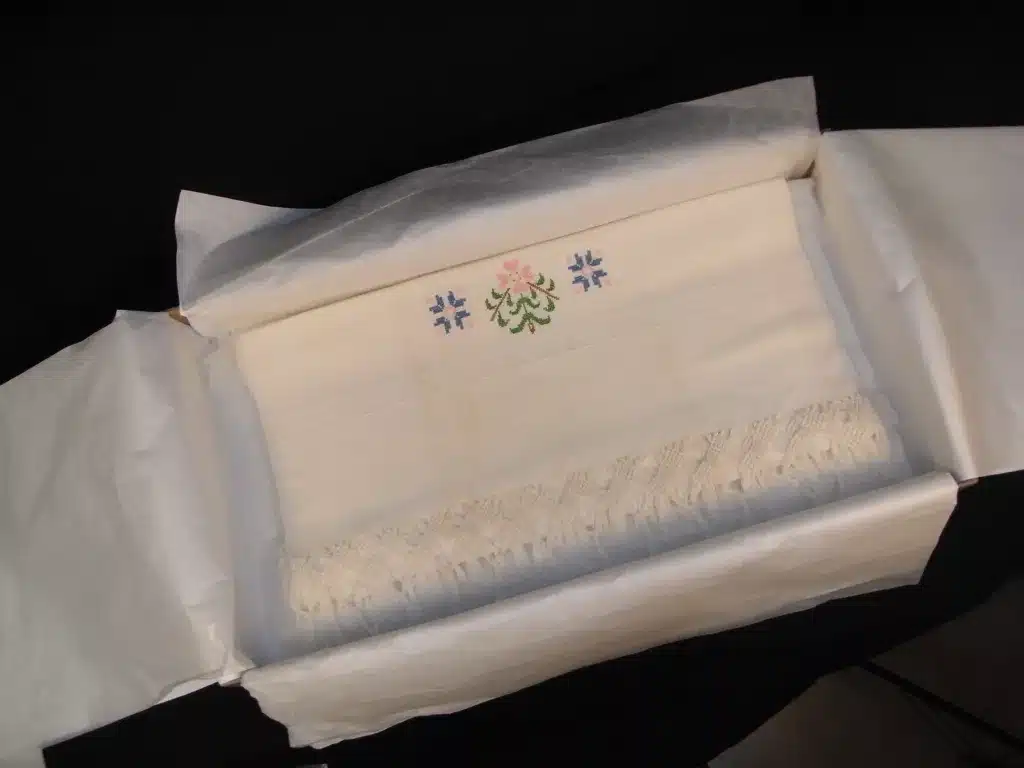
Avoid Moth Damage: Velvet is susceptible to moth damage, so take precautions to protect your gown. Store it in a garment bag or closet with moth repellents such as cedar blocks or lavender sachets. Regularly inspect the gown for signs of moth activity, such as small holes or larvae. If damage has occurred, it generally means that it cannot be reversed. Buy your cedar blocks today for peace of mind.
Handle with Care: When handling vintage velvet gowns, be gentle to avoid crushing the pile or causing friction damage. Avoid rubbing the fabric vigorously, and be cautious of sharp objects that could snag or tear the delicate fibers.
Avoid Moisture: Velvet can be prone to water stains, so avoid exposing it to moisture whenever possible. If the gown does get wet, gently blot the excess moisture with a clean, absorbent cloth and allow it to air dry away from direct heat sources, or outside in a shady spot undercover.
Professional Restoration: If your vintage velvet gown requires significant restoration or repair, seek out a professional conservator with experience working with antique textiles. They can assess the garment’s condition and recommend appropriate treatments or alterations to preserve its beauty for years to come.
By following these tips, you can help conserve the grandeur of your vintage velvet gowns and continue to enjoy their timeless elegance for generations.
I’ve always had a particular admiration for velvet and velvet-type materials – as I believe they remain timeless, and with a sense of romance especially worn during the colder seasons. Your comments are welcome below.
Thank you,
Helen

Connect via our socials, or follow the links below:
https://www.facebook.com/vintageclothesandaccessorydesigns
https://www.instagram.com/vintageclothesandaccessories

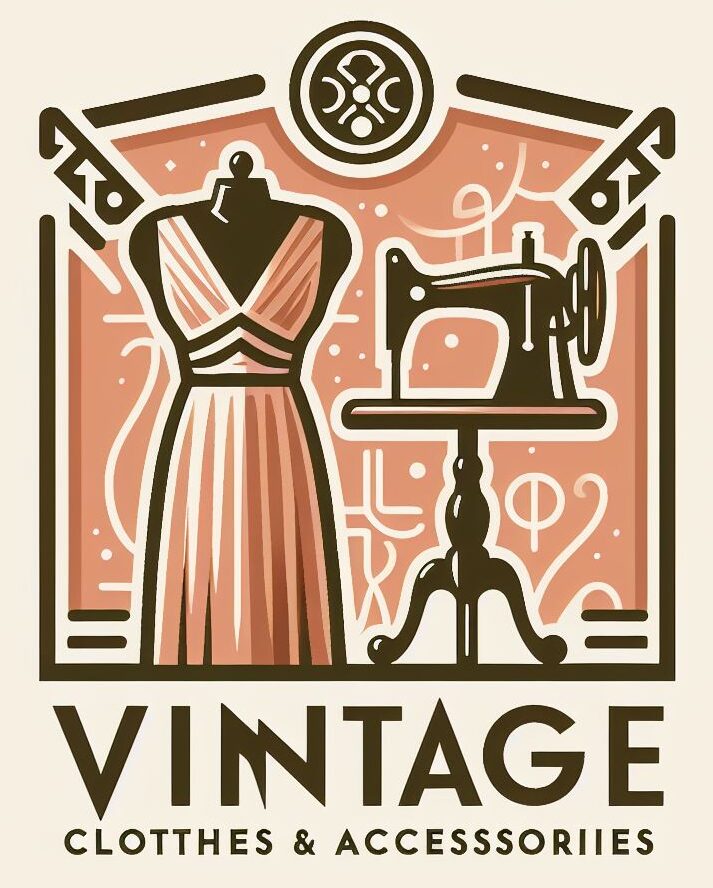
Good Evening,
While searching for Vintage clothing I came across this site. Although I am a male and looking for vintage clothing that fits my persona, I admire the passion you have for everything Vintage. You have basically pour your entire heart into the creation of this article. Your love for the past shows with the descriptions you write about.
The final section actually applies to me. The Tips for preserving Velvet. It so happens that I have a favorite blazer that I wear on occasion. I typically just allow it to hang in the closet when I am not wearing it. Although I have it hanging on a padded hanger, I now realize that this is not enough and I will be reviewing my own steps for proper storage.
Thank You for spending the time to educate me. It is very much appreciated.
Michael
Thanks Michael, I fully get what you mean. My husband has a couple of velvet blazers (not vintage) and we keep them preserved in suit carriers in our walk in robe.
I am pleased you enjoyed the post, have a great day.
Hello,
I love how you explained about velvet, and I love the history behind it! I didn’t realize this was still worn these days, but going to a wedding for example, this can be so fantastic to wear! Thank you also for the maintaining tips, good to know!
Lizzy
Indeed, velvet can be worn to any evening occasion – it’s still quite sort after and comes in many styles – not just vintage.
Hi Helen, this is a well written article on the history of velvet, and I appreciate the effort taken to elaborate on it’s grandeur and purpose and how it has been used!
Any viewer who comes across your article will learn alot and make new discoveries!
When I think of velvet, I image it being like a dark blue cloak worn by Henry the VIII, or it brings back memories, many years ago, when we lived in a Georgian house, and the furniture that my brothers found in our family house, were Georgian too. They were composed of mahogany and velvet backs and cushioned seats.
The velvet was olive green colour, and if I remember rightly, Georgian. This furniture was later burnt on a bombfire, and until this day, my brothers, who both trained as interior designers, regretted this act as they weren’t aware of the furnitures’ value and historical worth at the time!
I agree that velvet has a luxurious look and feel to it, and who ever wears or has anything covered in velvet, gives that expensive look and an air of glamour and style to it!
Thanks for sharing this informative article, and keep up the good work!
Julia. 😊
Thanks very much Julia, what a shame about the velvet furniture – but we can’t keep knocking ourselves for past mistakes, just learn from them.
Regards Helen.